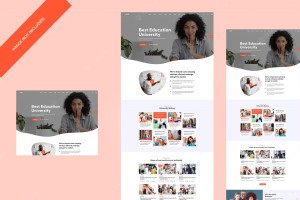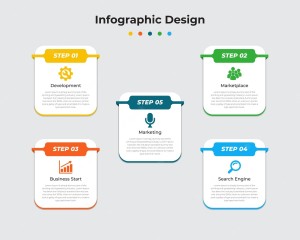
What is blogging?
How to do bloging – Blogging refers to writing, photography, and other media that’s self-published online. Blogging started as an opportunity for individuals to write diary-style entries, but it has since been incorporated into websites for many businesses. The hallmarks of blogging include frequent updates, informal language, and opportunities for readers to engage and start a conversation.
Blogging is an excellent way to connect with others, whether they be other bloggers, content creators or your intended audience. Blogging opens doors to meet people that you otherwise may not have come into contact with. The blogging community is highly active on sites such as Facebook, Instagram and Reddit.
What are the benefits of blogging?
Once you start blogging, it’s easy to forget that blogging isn’t just about getting new visitors to your blog. One of the biggest benefits of blogging is that it helps you steadily grow an email list of subscribers you can share your new content with. Each time you publish a new blog post, your subscribers will give you that initial surge of traffic — which, in turn, will propel those posts’ long-term success.
Blogging also creates opportunities for your audience and other companies to share your content. Get some free marketing by sharing your blog as a link on social media or via email. When another website links to your articles this creates a backlink. These links help boost your SEO efforts as it indicates to search engines that your content is reliable and relevant.
How to start blogging?
The first step in starting a blog is to select a blogging platform for publishing your content. A quick Google search will show you that there are several different sites available that suit bloggers from all industries. I recommend Wix because it’s a good all-around blogging platform that satisfies most needs.
I hope this guide has answered any questions you had on how to start your blog, but if any of the steps were unclear to you, you can find a more detailed version of each step by using the menu at the top right of this page (or at the bottom of this page if you’re on a smartphone).
Consider your blog’s purpose.
Well, to be able to answer that, I really need to take you back to your goal setting. Hopefully you have already done some goal setting work for your blog and have a good idea of what you are trying to achieve. The next step in the jigsaw is to decide what kinds of blog posts to write in order to achieve that aim.
A word of caution: Don’t engage in keyword stuffing, which is the act of filling your content with so many keywords that it becomes difficult to read. Not only will this irritate your blog followers, it will also get you penalized by Google. A couple of strategically placed keywords will do the trick.
**By the way, I often hear people say that they don’t know who their ideal reader is. If you are that person, then you probably need to narrow your blog’s focus more. It can be difficult to pinpoint an ideal reader for a scattered blog, simply because there isn’t one ideal person that your content appeals to. Once you narrow your focus, the “right person” should become a lot more obvious. The Heavens of Blogland will part, promise.
Choose a blog format that best suits you.
The best way to choose the right blog format for you is to experiment with different formats and see which ones work best for your specific blogging goals. You may also want to analyze other top blogs in your industry to see which formats are most effective.
Bear in mind that some blog posts may comprise of two, sometimes three, different formats. The point is that you should be considering the best format for the angle of the blog that you’re writing. Considering your angle is important, but so too is who the content is for – so dive into your analytics and see which blog format your audience is currently engaging most with.
As you may have noticed, there’s even a ton of overlap among the most common blog types and formats. What matters is that you understand why your reader would land on the post, what they’d be looking for, and how you can best provide value once they arrive.
Apply seo techniques to your blog.
It is best practice to optimize these types of blogs by choosing SEO-friendly topics. You can do this through trend tracking tools such as Google Trends to understand what pressing issues people are searching for. Once you finish this step and have content under your belt, you can submit posts to news press releases to help your blog gain more traction.

